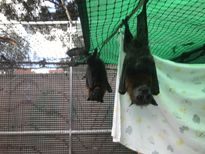The Flying Fox
The Great Pollinators
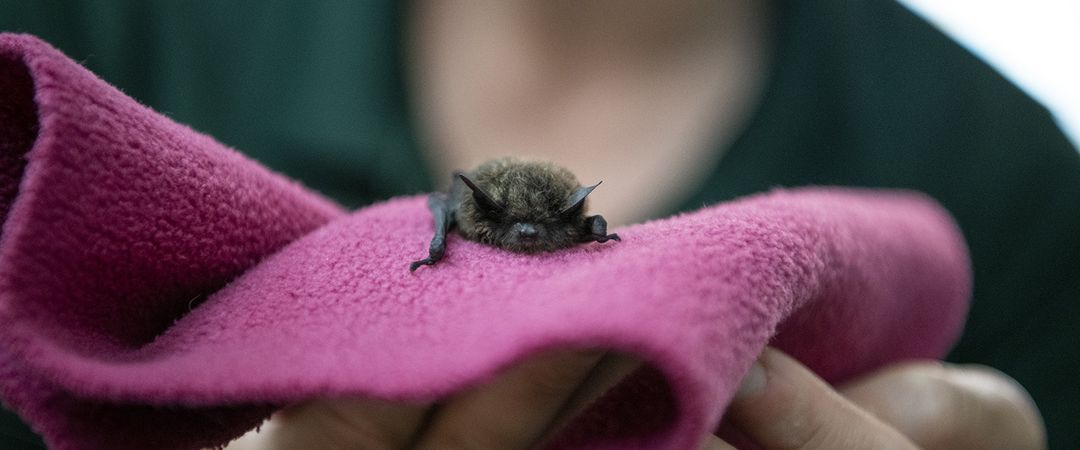
“Flying foxes are foresters keeping the eco-system together. If we are to keep the remnants of our forests healthy, we need the flying foxes. The two are inseparable.”
DR NICKI MARKUS
Chief Conservation Office of Bush Heritage Australia
Flying foxes (or fruit bats) are the largest member of the bat family and have a very large impact on
pollination.
They can disperse larger seeds over greater distances than other pollinating animals. A single fruit bat can disperse
60,000 seeds from over 50 native plants in a single night.
There are 4 types of flying fox found in Australia;
-
Grey-headed flying-fox (Pteropus poliocephalus)
-
Little red flying-fox (Pteropus scapulatus)
-
Spectacled flying-fox (Pteropus conspicillatus)
-
Black flying-fox (Pteropus alecto)
Only 2 are found in Victoria;
Grey-headed flying-fox
Donning a rusty reddish-coloured collar, grey head and hairy legs, it is the most vulnerable species because it competes with humans for coastal habitats.
Little red flying fox
The little red flying fox is the smallest Australian flying foxes, weighing only 300-600 grams, and has a reddish brown collar. They are the most widespread megabat in Australia and are found further inland than other flying foxes.
Flying foxes are nomadic creatures that can travel from Queensland to Victoria in just a few months. The population density in an area at any given time is directly linked to the availability of food. During the day flying foxes will roost in trees near a food source. When food is abundant they will roost further from the food in larger camps while less food results in more smaller camps closer to the source.
Click below to find where they are camping at the moment:
National Flying-fox Monitoring Viewer
Threats to Flying-Foxes
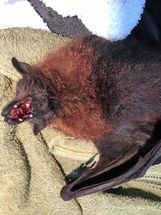
Shootings
Over the last several years there have tragically been some states that have allowed the shooting of flying foxes.
This not only has a great impact on the flying fox population and subsequently the native environment but also raises issues about cruelty. Many of the shot animals are not killed but rather injured, leaving them to die slowly over a period of days of either infection or dehydration.
Using wildlife-safe netting is a very simple and more effective alternative method of protecting crops rather than shooting and helps to protect
BOTH the crop and the precious wildlife.
Penalties for Shootings/Harm
Both the grey-headed and spectacled flying fox are listed as threatened under the Commonwealth Environment Protection and Biodiversity Conservation Act 1999.
They are considered 'Vulnerable' due to a significant decline in numbers and are at risk of extinction due to the slow reproductive rate (one young per year) and the high infant mortality rates.
The Grey-headed flying fox is protected under several state and federal wildlife protection acts. Under these protections, it is
illegal to kill, injure, or harass these flying foxes.
Harassing or causing injury carries a maximum penalty of
$3,109.
Causing death can result in a fine of up to
$37,310 and/or 24 months of imprisonment.
Further penalties under the Prevention of Cruelty to Animals Act 1986 may also apply.
Wildlife Friendly Netting and its Benefits
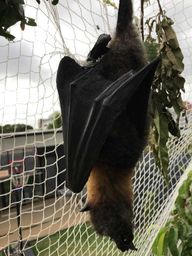
The wrong type of netting can be not only deadly but inhumane. Most fatal injuries to flying foxes are caused by the wrong kind of netting draped loosely over trees.
Using Wildlife friendly netting can DECREASE:
1. Animal entanglement by up to 90%
2. Risk to other animals and people from entangled animals
3. Costs : Wildlife-safe netting is stronger and lasts longer and doesn't need to be replaced because it was damaged by an entangled animal
4. Cost and workload for wildlife shelters and volunteer wildlife workers.
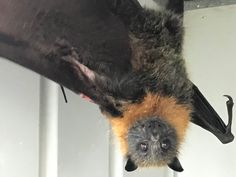
Have you find an Injured Flying Fox?
If found, please DO NOT try to pick up Flying Foxes, even those in distress, as they may carry infections.
Instead please promptly contact your local veterinarian or Wildlife shelter.
Find More Information
